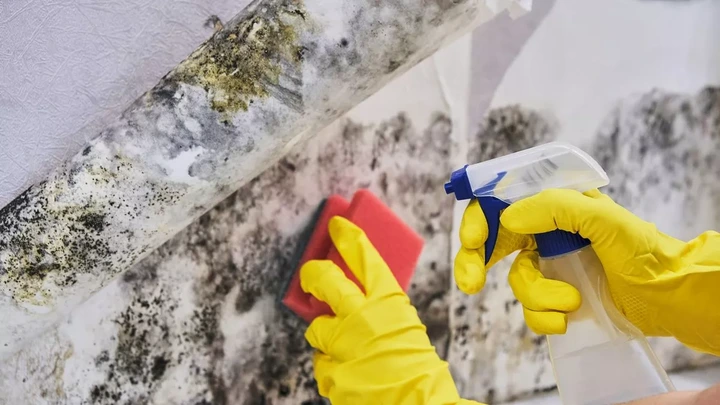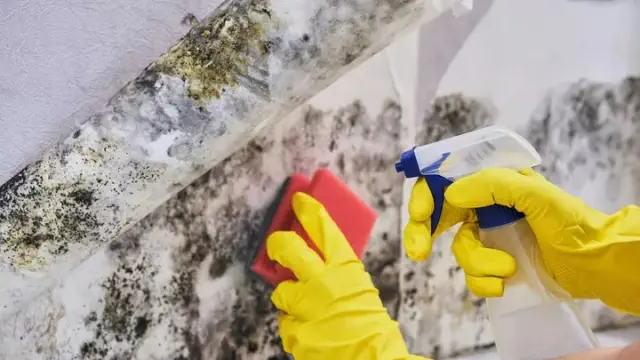Mould can be a stealthy invader in your living space, potentially causing problems without your awareness. However, a recent TikTok clip is shedding light on the indicators that might suggest its presence.

View pictures in App save up to 80% data.
A nurse from Tennessee has revealed on social media some of the signs that you may have mould exposure.
Addressing her 105,999 followers, the TikTok user, known as Hopewell Family Care, identified some of the symptoms that can be triggered by mould in the home. The nurse states that "fatigue, headaches, frequent colds, and frequent ear infections," could all be "signs of mould exposure".
As such, it is wise to periodically inspect those hidden corners of your home to ensure no mould is growing unseen. If you find yourself constantly under the weather, a mould issue might be to blame.
The NHS Inform website cautions that: "Moulds release allergens (agents that may trigger allergic responses). Additionally, they can generate irritants and occasionally toxic compounds. Breathing in or coming into contact with mould spores can lead to allergic reactions such as: sneezing, a runny nose, red eyes, and skin rashes." Notably, they also emphasize that "Moulds have the potential to provoke asthma attacks."
@hopewellfamilycare Mold sucks. Do you have any of these symptoms? #mold #moldtoxicity #moldawareness ♬ Original sound - SHIMA
According to the guidance provided on gov.uk, "Dampness and mould predominantly impact the respiratory system and lungs, but they can also have effects on the eyes and skin. The respiratory issues arising from damp and mould can lead to severe health problems and, in extreme situations, may even result in death."
What factors transform a house into a damp, unhealthy environment that could potentially make you unwell?
Mold and dampness occur due to an overabundance of moisture, which can stem from a leak or may simply exist in the atmosphere.
According to the NHS, potential culprits include:.
- Leaking pipes
- Rising damp in cellars or on the ground floor
- Rainwater infiltrating due to roof damage or faulty window frames
- Condensation
The NHS recommends that homeowners identify the source of any moisture problems and "take measures to reduce humidity levels," such as utilizing a dehumidifier. Tenants are encouraged to inform their landlords about any mould concerns and explore potential remedies together.
In certain situations, it might be essential to seek professional mould removal services. However, the NHS advises: "If the mould is minimal, you could potentially handle the removal on your own." They also warn: "Make sure to wear gloves and a face mask while dealing with mould. Always ensure proper ventilation by opening a window if you are using bleach-based products for cleaning."










